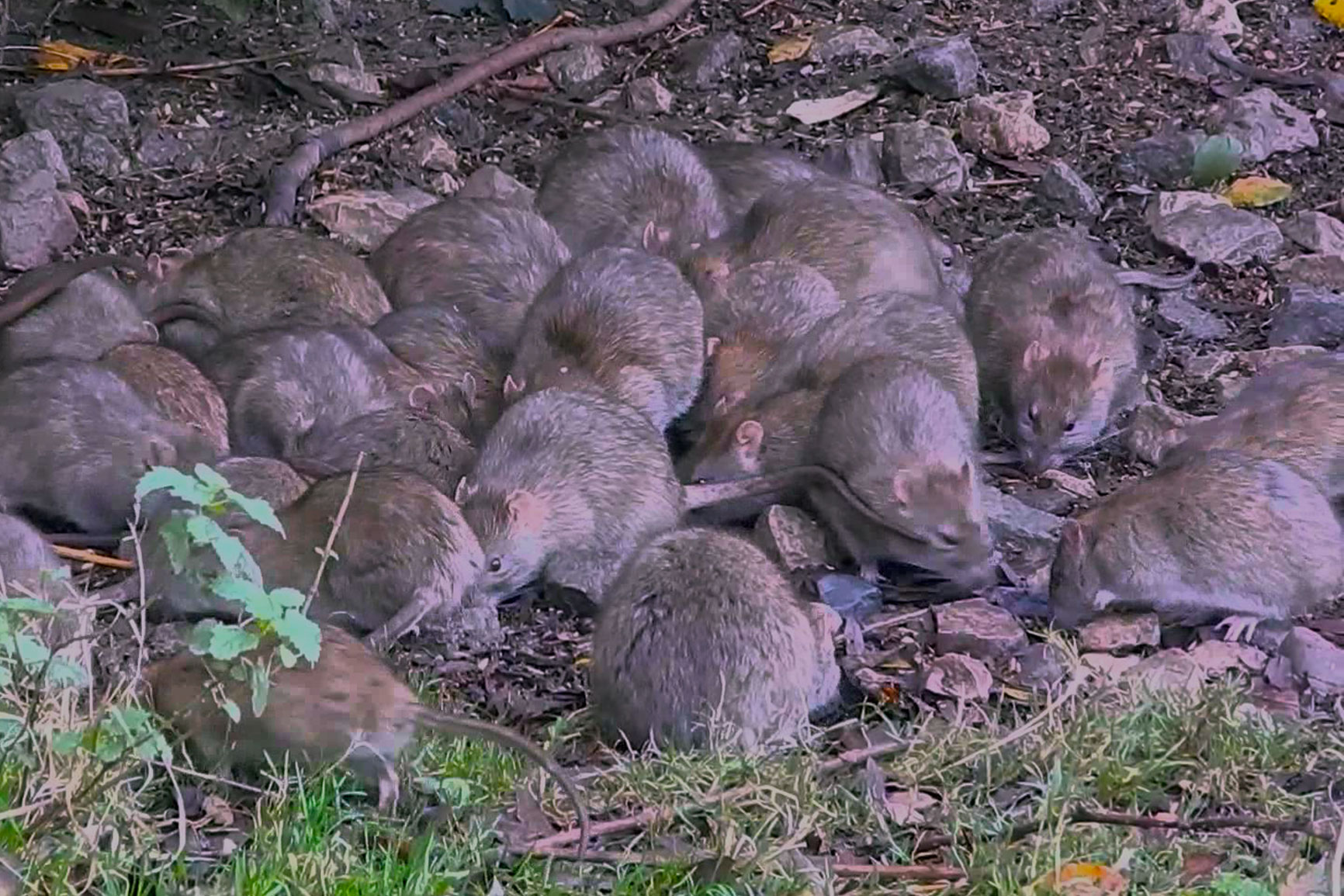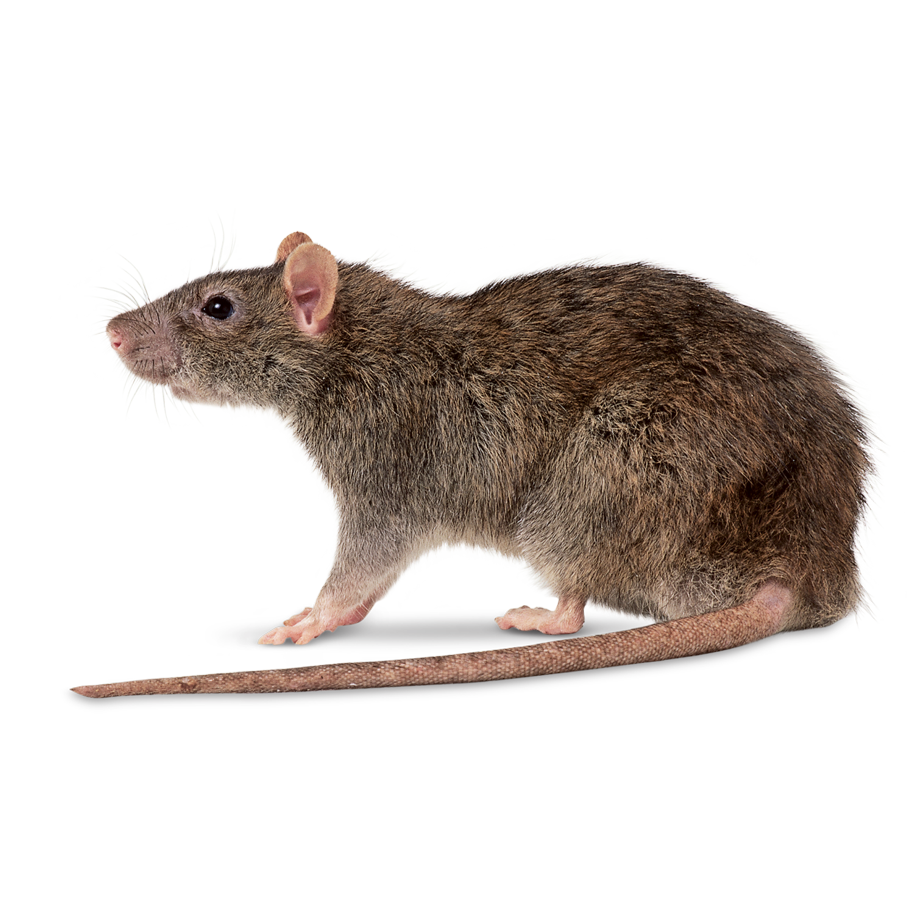
Rat Catcher Rat Control
Specialist Rat Control service for domestic or commercial properties or land to eradicate rats for good. Avoid risks of disease and damage to your property.. Call professional help from S.W.A.T.Pest Control Lincolnshire.


Call NOW! 0800 6526526
Specialist Rat Control service for domestic or commercial properties or land to eradicate rats for good. Avoid risks of disease and damage to your property.. Call professional help from S.W.A.T.Pest Control Lincolnshire.

S.W.A.T. Pest Control
Rat Catchers - Rat Control
The rat has plagued humans for thousands of years - the rat flea was responsible for the Black Death. There are two species of rat in Britain, Rattus norvegicus which is commonly known as the Brown Rat and Rattus rattus which has the common names Black Rat or Ship Rat.
The Brown Rat is the larger, often weighing over half a kilo and measuring about 23cm, without counting the tail. It has a blunt muzzle, small hair-covered ears and a tail that is shorter than its body length. The Black Rat weighs only half as much and is slightly shorter. It has a pointed muzzle, large, almost hairless ears, a more slender body and a long thin tail that is longer than its body.
The Brown Rat is the commoner species and stays near ground level. The Black Rat still occurs in seaport towns and is a more agile climber, often entering the upper floors of buildings. It is possible to identify the species present from the differently shaped droppings, footprints in the dust (the Brown Rat is flat-footed, the Black Rat runs on its toes) and presence of tail swipes. In towns, Brown Rats often live in sewers but in the countryside, there is a constant background population in fields and hedges.
Both species breed rapidly and become sexually mature in about three months. Each female may produce from three to 12 litters of between six and eight young in a year.
Brown rats will burrow underground or into suitably soft material to make a nest. Refuse tips, loose soil under sheds and earth banks are all likely sites and chewed paper, straw or insulation material may be incorporated as nest material. The young are born blind, helpless and naked and depend on their mother for food for about three weeks before they are sufficiently developed to take solid food.
Rats, like mice, need to gnaw to keep their constantly growing incisor teeth worn down. They damage woodwork, plastic and lead pipes and will sometimes strip insulation from electrical cables by their gnawing. Rats will hoard food for future consumption and numerous cases of 'theft' have been found to be the work of rats. They feed mostly at night and an average rat will eat 50g of food a day.
Creatures of habit, rats leave regular 'runs' to and from feeding areas. They can be a menace to poultry, eating eggs, chicks and animal feed.
They are also capable of spreading many diseases from their filthy surroundings in sewers or refuse tips and can transmit food poisoning, Weil's disease (from which about ten people and a number of dogs die each year in the UK), murine typhus, rat bite fever, trichinosis, and other diseases. They are probable carriers of foot and mouth disease on farms. They contaminate more food than they consume and their urine can pollute stagnant water.
You are just one click away from getting the professional pest control assistance you need.
Remedy:
As far as possible, eliminate harbourages such as gaps under sheds, loose piles of wood or neglected weed patches. Do not encourage rats by leaving scraps of food out of doors. If you feed garden birds, use a bird table or feeder basket.
Swat Pest Control | Skegness | Louth | Grimsby | Spilsby | Chapel St. Leonards | Ingoldmells | Mablethorpe | Sutton-On-Sea | Waltham | Humberston

